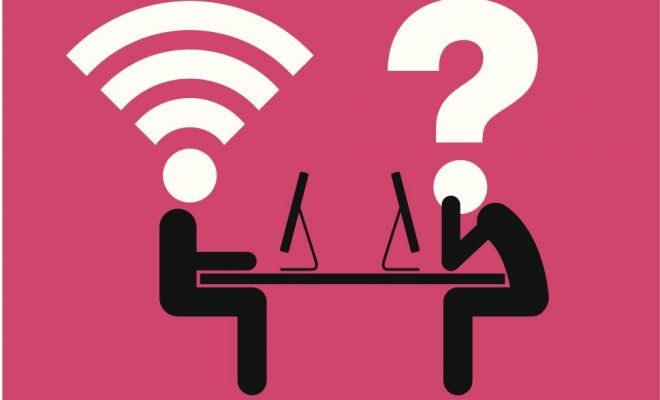How Should Colleges Be Teaching?

For many students, graduating from high school means heading off in short order to a residential four-year college or university to pursue higher education, a college degree, and – eventually – a career that will allow them to be a self-sustaining, productive member of society. But as technology continues to reshape the landscape of education, many are beginning to wonder if the traditional brick-and-mortar colleges are the best way to serve the needs of the students. The question becomes: how should colleges teach? And how can they best serve the needs of all their prospective clients? Is a physical college experience really the best way? Or is there a growing place for digital learning in higher education?
We can consider two ends of the college education spectrum: traditional physical classes and online classes. Each offers their own benefits and drawbacks, and each serves the needs of different types of students in specific ways.
Face to Face Courses
There are many benefits to traditional classes. For a lot of students, the college experience is about more than simply taking classes. The social experience can be as instructive as the classes in which one enrolls. Brick-and-mortar colleges have the benefit of giving students the opportunity to spread their wings, living alone for perhaps the first time, managing their own affairs with less parental guidance (or interference) and opening a new world of opportunities through campus clubs and organizations. Teaching via lecture in a physical classroom that meets are prescribed times can still incorporate a myriad of educational technology, but the structure of definitive classes is a necessity for some students who are still trying to learn to manage their own time and education. Furthermore, the face-to-face interaction with the professor and the other students can provide both socialization and support for college students.
Online Courses
Not every student has the luxury of being able to afford to live on campus and attend college full-time. Nor, in today’s flexible climate with people still chasing the American dream, are college rosters comprised solely of recent high school graduates. In many situations, therefore, online education is an ideal opportunity. Online colleges offer flexible schedules to accommodate other responsibilities and commitments, lower overall cost to students, and the ability to telecommute from wherever you are to whatever institution in which you wish to enroll. With online educational portals such as BlackBoard, Moodle, and Google Classroom, it is easy to receive instruction, turn in work, and collaborate with the professor and other students through a digital medium.
Blended Learning
Of course, very rarely is there a one-size-fits-all best option for anything, least of all education. Sometimes offering a mix of online and traditional classes can best meet the widest range of needs for the widest range of students. Students can take physical classes during the regular semester and supplement their learning with online classes between semesters and during the summers, allowing them the freedom to work or intern while still earning credits and progressing through their education. Letting students learn in different ways will accommodate their shifting needs throughout their educational pursuits.
Whether a college offers physical classes, online learning, or a mixture of the two, one thing is for certain: it is essential for professors to incorporate edtech in their teaching strategies. From PowerPoints shown via projectors to Near Pod presentations sent remotely to students’ tablets or handheld devices, technology is a critical part of students’ education in the modern world. Since most students attend college – either online or physically – in the hopes of settling into a lucrative career, it is essential that higher education students how to use technology to become more productive, to find the information they need, and to disseminate important information. These are all technological skills that students will use in the real world.
Colleges should utilize technology to make education more accessible to more students. Technology possesses the power to break down barriers, making education and achievement attainable even to those for whom it has always seemed out of reach. The transformative power of technology is apparent in the ways in which it is improving the lives and opportunities of people throughout education.






